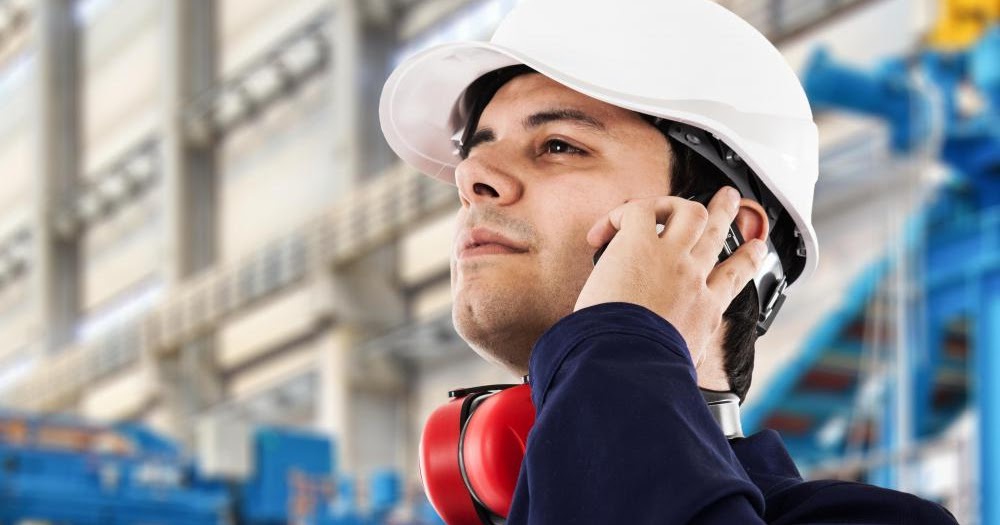In any workplace, ensuring the safety and well-being of employees is of paramount importance. Safety measures, including the provision of eyewash stations, are vital components of any organization's safety protocols. However, merely having eyewash stations installed is not enough; regular maintenance of these stations is crucial to ensure their effectiveness in times of emergency. This article delves into the significance of regular maintenance of eyewash stations in the workplace, emphasizing the importance of Safety Officer Course in Multan in upholding workplace safety standards.
Importance of Eyewash Stations in the Workplace
1. Ensuring Prompt First Aid in Eye Emergencies
Eyewash stations are designed to provide immediate relief in case of eye exposure to hazardous materials or substances. Whether it's chemicals, foreign particles, or any other irritants, prompt irrigation of the eyes can significantly reduce the risk of permanent damage or injury. However, for eyewash stations to function effectively during emergencies, they must be properly maintained and readily accessible.
2. Compliance with Safety Regulations
Safety regulations mandated by regulatory authorities often necessitate the presence of eyewash stations in workplaces where there is a potential risk of eye injuries. Compliance with these regulations is not just a legal obligation but also a moral responsibility to ensure the safety and well-being of employees. A safety officer course equips professionals with the knowledge and skills to enforce these regulations effectively.
The Significance of Regular Maintenance
1. Preserving Functionality and Efficiency
Regular maintenance ensures that eyewash stations remain functional and efficient at all times. Over time, factors such as dust accumulation, sediment buildup, or mechanical failures can compromise the effectiveness of these stations. Routine inspections and maintenance procedures help identify and address any issues promptly, preserving the functionality of eyewash stations when they are needed the most.
2. Preventing Contamination and Bacterial Growth
Stagnant water in eyewash stations can become a breeding ground for bacteria, algae, and other contaminants. Without regular flushing and cleaning, these microorganisms can proliferate, posing additional health risks to users. Maintenance procedures, including flushing the system and disinfecting components, help prevent contamination and ensure that the water flowing from eyewash stations remains clean and safe for use.
Best Practices for Eyewash Station Maintenance
1. Establishing a Maintenance Schedule
Developing a comprehensive maintenance schedule is essential for ensuring the regular upkeep of eyewash stations. This schedule should include routine inspections, testing of equipment, flushing of the system, and any necessary repairs or replacements. Adhering to a structured maintenance plan helps minimize the risk of overlooking crucial maintenance tasks.
2. Training Personnel
Proper training of personnel responsible for maintaining eyewash stations is imperative. Individuals tasked with conducting maintenance procedures should undergo training programs, such as a Safety Officer Course in Multan, to familiarize themselves with the specific requirements and protocols. Training ensures that maintenance tasks are performed correctly and efficiently, enhancing the overall effectiveness of the eyewash stations.
Conclusion
Regular maintenance of eyewash stations is indispensable in upholding workplace safety standards and safeguarding the well-being of employees. By ensuring prompt first aid in eye emergencies, complying with safety regulations, and preserving the functionality of eyewash stations, organizations can create a safer work environment for their personnel. Through the implementation of best practices for maintenance and the training of personnel, workplaces can mitigate risks effectively and prioritize the health and safety of their workforce. Enrolling in a safety officer course equips professionals with the knowledge and skills necessary to enforce safety protocols and uphold the highest standards of workplace safety.


No comments yet